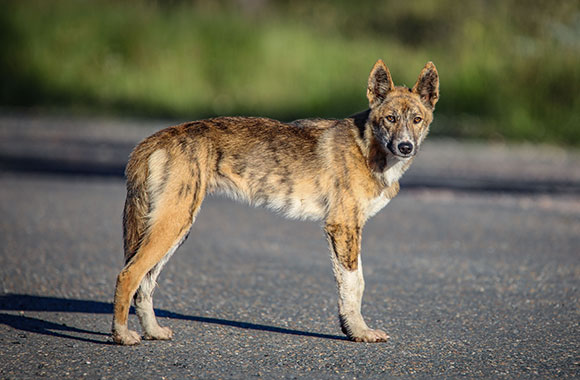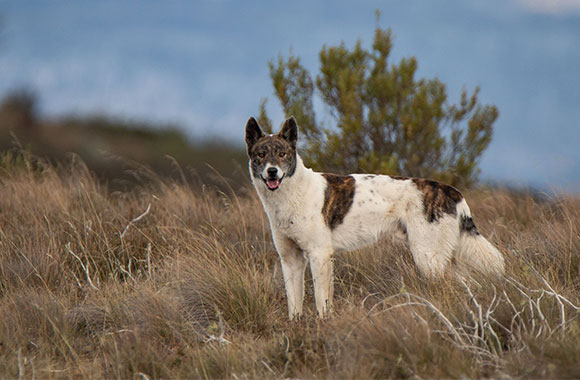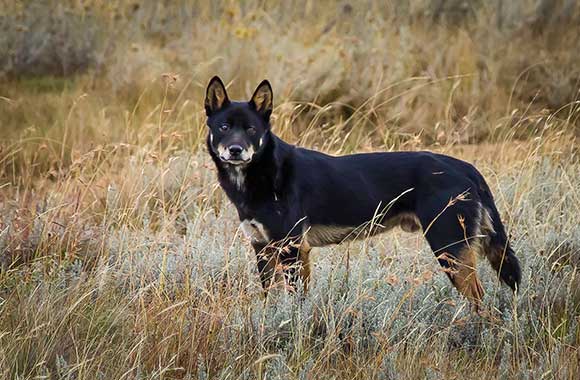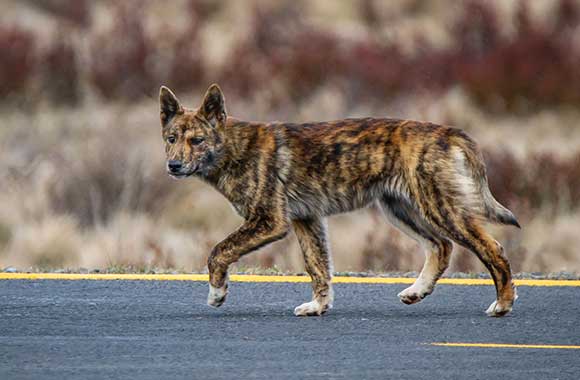After two centuries of persecution by agricultural interests, Australia’s iconic dingo is gaining increasing recognition as an ecological saviour within our imperilled environment.
These extraordinary animals perform an outsized role in keeping our ecosystems in good health by reducing the number of introduced predators, such as cats and foxes, while protecting plant species and even the soil. This effect is known as a trophic cascade, where a predator has a “cascading” effect through many layers of an ecosystem and indirectly helps other species survive.
But sadly, their future is grim with agricultural interests driving inhumane ‘eradication programs’, eliminating this native animal from the Australian ecosystem.
While alternative options exist, the Victorian Government not only permits but encourages dingoes to be killed by poison, trapping and shooting. They even offer a cash bounty on dingoes’ heads — meaning anyone with a gun licence can be financially rewarded for killing these native animals.













